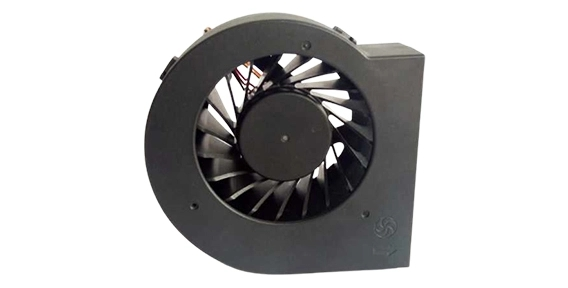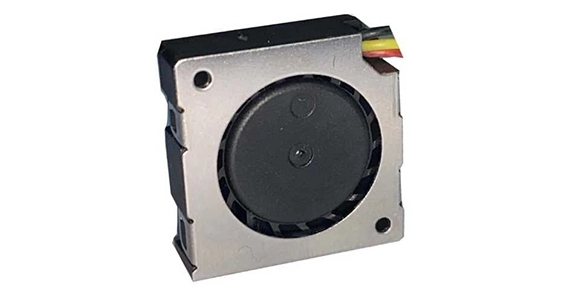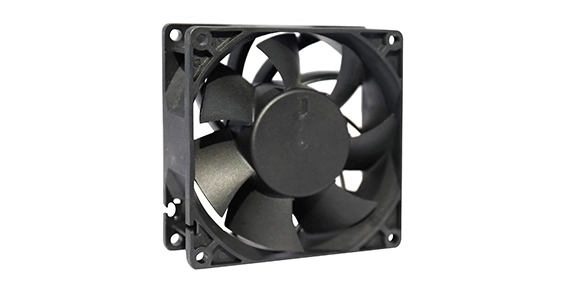DC axial fans play a crucial role in cooling various electronic components, such as computers, servers, and other devices. By understanding the basics of how these fans work, we can gain appreciation for their functionality and importance. In this article, we will explore the components of a DC axial fan, as well as how the fan creates and directs airflow.
Components of a DC Axial Fan: Exploring the different parts and their functions
A DC axial fan consists of several key components that work together to perform the fan's essential functions. Let's take a closer look at each part and its role:
Bearings: Bearings reduce friction between moving parts, allowing the fan blades to rotate smoothly. There are two common types of bearings used in DC axial fans: ball bearings and sleeve bearings. Ball bearings offer better reliability and durability, while sleeve bearings are often more cost-effective.

Understanding the Airflow in a DC Axial Fan: How does the fan create and direct airflow?
The primary purpose of a DC axial fan in axial cooling fan is to create a flow of air to cool electronic components. But how does the fan achieve this? Let's delve into the process:
Air acceleration: As the air is drawn in, it moves towards the center of the fan, where the rotation is the fastest. This acceleration of air creates a high-pressure zone, which propels the air towards the outer edges of the blades.
Cooling effect: As the airflow is directed over electronic components, it carries away heat, providing a cooling effect. The high-speed rotation of the fan blades ensures that there is a constant supply of fresh air to dissipate the heat generated by the components.
In conclusion, DC axial fans are essential for cooling electronic components and preventing overheating. By understanding the components of a DC axial fan and how they work together to create and direct airflow, we can appreciate the importance of these fans in maintaining the optimal operating temperatures of various devices. As technology continues to advance, the demand for efficient and reliable axial cooling fans like the Xie Heng Da brand is only expected to grow.


 EN
EN 
 +
+
 +
+
 +
+



